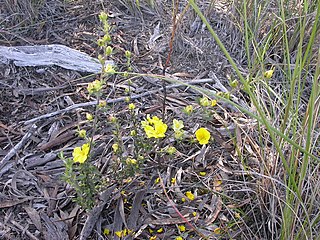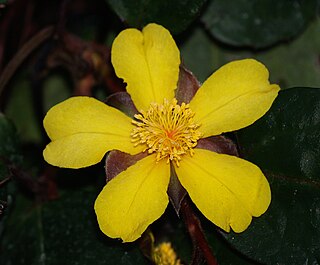| Pollanisus apicalis | |
|---|---|
 | |
| Scientific classification | |
| Kingdom: | Animalia |
| Clade: | Euarthropoda |
| Class: | Insecta |
| Order: | Lepidoptera |
| Family: | Zygaenidae |
| Genus: | Pollanisus |
| Species: | P. apicalis |
| Binomial name | |
| Pollanisus apicalis Walker, 1854 | |
| Synonyms | |
| |
Pollanisus apicalis is a moth of the family Zygaenidae. It is found in the eastern part of Australia (Queensland, New South Wales, Australian Capital Territory, Victoria, South Australia and Tasmania). [1]

Moths comprise a group of insects related to butterflies, belonging to the order Lepidoptera. Most lepidopterans are moths, and there are thought to be approximately 160,000 species of moth, many of which have yet to be described. Most species of moth are nocturnal, but there are also crepuscular and diurnal species.

The Zygaenidae moths are a family of Lepidoptera. The majority of zygaenids are tropical, but they are nevertheless quite well represented in temperate regions. Some of the 1000 or so species are commonly known as burnet or forester moths, often qualified by the number of spots, although other families also have 'foresters'. They are also sometimes called smoky moths.

Australia, officially the Commonwealth of Australia, is a sovereign country comprising the mainland of the Australian continent, the island of Tasmania and numerous smaller islands. It is the largest country in Oceania and the world's sixth-largest country by total area. The neighbouring countries are Papua New Guinea, Indonesia and East Timor to the north; the Solomon Islands and Vanuatu to the north-east; and New Zealand to the south-east. The population of 25 million is highly urbanised and heavily concentrated on the eastern seaboard. Australia's capital is Canberra, and its largest city is Sydney. The country's other major metropolitan areas are Melbourne, Brisbane, Perth and Adelaide.
The larvae feed on Hibbertia obtusifolia and Hibbertia virgata . Adult moths are day flying, and can be found feeding during the hottest hours of the day. [1] Mating takes place in the afternoon and lasts until the following morning, and following this the female lays eggs on the host plant. [1]

Hibbertia obtusifolia, commonly known as hoary Guinea-flower, is a small shrub species that is native to south-eastern Australia. It grows to 60 cm high and has yellow flowers that appear in spring and summer.








